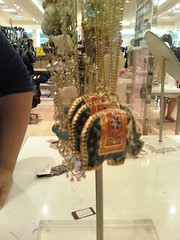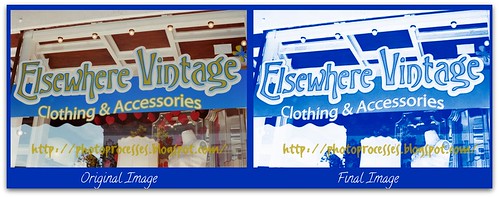I just ordered this book from amazon, I am so excited that I'll be getting it by the end of the week.

Take a tour of the burgeoning world of plastic cameras and low-tech photography in this fun and funky guide to creating the most artistic pictures of your life! Whether you're an experienced enthusiast or toy camera neophyte, you'll find this guide full of tantalizing tips, fun facts, and absolutely striking photographs taken with the lowest tech tools around.
You'll learn how to prep your plastic camera, their advantages and quirks, and what film to feed it. You'll also explore what makes a good subject, vignetting, multiple exposures, panoramas, close-ups, night photography, color, flash, problems and solutions, and so much more. Michelle Bates also takes you from a negative to either prints or pixels so that you can show off your photos and jump on the toy-camera revolution!
Contributors include:
Michael Ackerman, Thomas Michael Alleman, Erin Antognoli, Jonathan Bailey , James Balog, Michelle Bates, Phil Bebbington, Gyorgy Beck, Susan Bowen, Laura Corley Burlton, David Burnett, Susan Burnstine, Nancy Burson, Perry Dilbeck, Jill Enfield, fotovitamina, Annette Elizabeth Fournet, Brigitte Grignet, Eric Havelock-Bailie, Christopher James, Michael Kenna, Wesley Kennedy, Teru Kuwayama, Louviere & Vanessa, Mary Ann Lynch, Anne Arden McDonald, Ted Orland, Sylvia Plachy, Dan Price, Becky Ramotowski, Nancy Rexroth, Francisco Mata Rosas, Richard Ross, Franco Salmoiraghi, Rosanna Salonia, Jennifer Shaw, Nancy Siesel, Mark Sink, Kurt Smith, Sandy Sorlien, Pauline St. Denis, Harvey Stein, Gordon Stettinius, Ryan Synovec, Rebecca Tolk, Marydorsey Wanless, Shannon Welles, Matthew Yates, Dan Zamudio
* Now including the latest and greatest cameras, from the Pinhole Wide Holga, the Stereo Holga, and the all-new Blackbird, Fly
*This edition expands on its fabulous lineup of artists by including well-known Christopher James and Michael Kenna
*Still the most informative, colorful, and inspiring Plastic Camera guide in existence
You can buy the first edition also:







